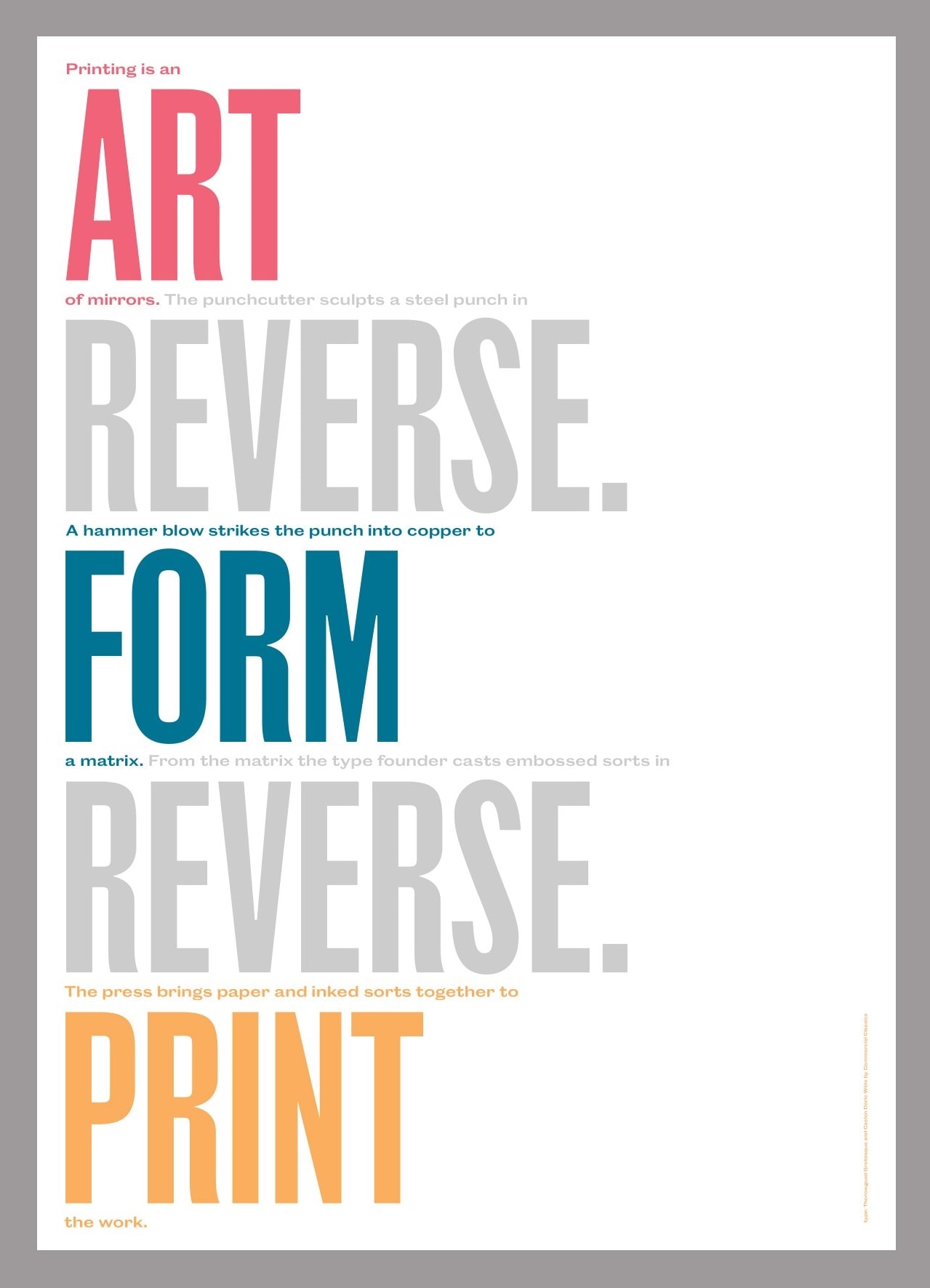As exuberant as emoji can be in the right hands, our palette of emoji remains tightly controlled by the Unicode Consortium. There are, however, other ways to embed colourful graphics in your digital messages, and, in the long run, there is every possiblity that they may elbow emoji out of the way entirely. The future of emoji may not be emoji at all.
Appropriately, given emoji’s invention in Japan, the first cracks in emoji’s monopoly on cutesy inline graphics came out of that same country.
In 2011, in the wake of a tsunami that devastated the north-east coast of Japan’s main island,1 the country’s telecommunication networks were thrown into disarray. Only the internet, designed from its inception to route data packets around broken network links, continued to function reliably — a fact not lost on NHN Japan, an internet company that chose in June of that year to launch a mobile messaging app based not on fragile SMS text messages but rather fault-tolerant mobile data services. It was called Line and it was a runaway success, hitting 50-million users just a year after launch.2
Though Line’s developers had chosen to use the internet for its robustness, by happy coincidence this also meant that they were not confined to text-only messages. Instead, they could send whatever data they liked. This allowed them to connect users in two notable ways: first, Line users could call one another for free, over the caller and callee’s respective mobile data connections; second, users could embed digital images called “stickers” in Line’s SMS-like text messages. These stickers took the form of larger, more detailed versions of existing emoji, along with a slew of additional manga-like characters, that could be sent back and forth either within or in lieu of textual messages.3,4
Line’s stickers were a hit. The app was and is popular in countries whose complex scripts are difficult to enter on smartphones, such as Japan, Thailand, Korea and Taiwan, in part because stickers can convey complex sentiments with a minimum of effort. Moreover, stickers have also turned out to be a formidable revenue stream. In 2013, just two years after its launch, Line made $17 million from sales of downloadable sticker packs;3 two years after that, sticker sales were up to $271 million. This is not to mention that some of Line’s cartoonish sticker personalities, such as “Brown” the bear and a rabbit named Cony, have become so popular that they now have their own lines of merchandise worth tens of millions of dollars in their own right.5 (Even in China, where Line’s apps are blocked by that country’s “Great Firewall”, knicknacks featuring Cony, Brown and company are sought after.6)
